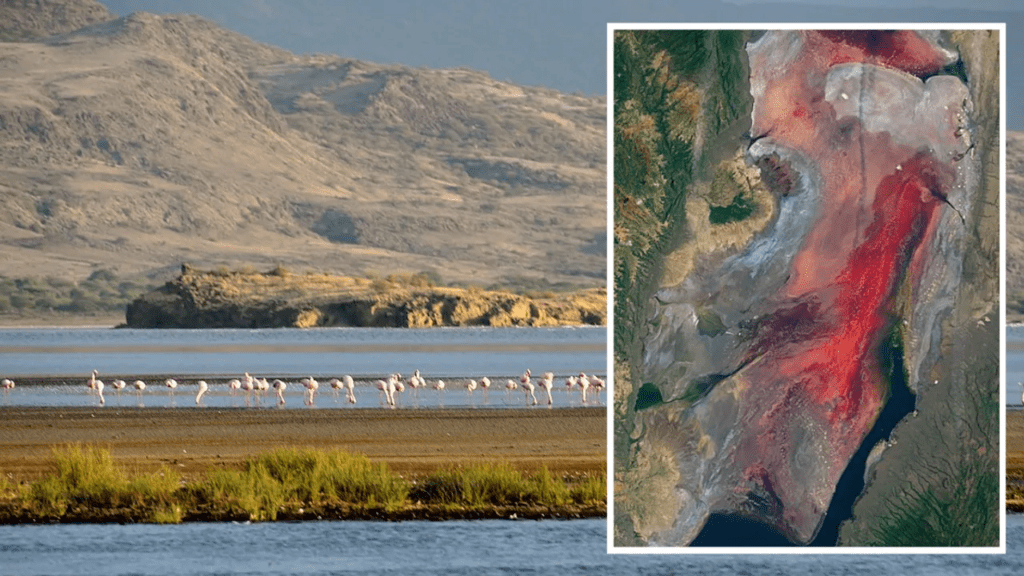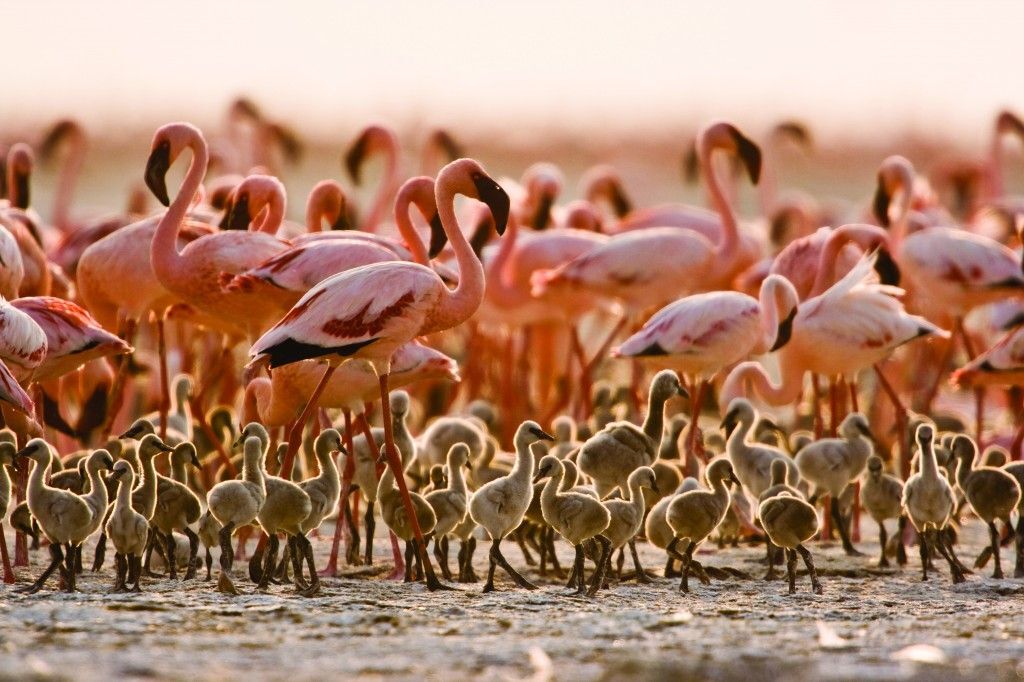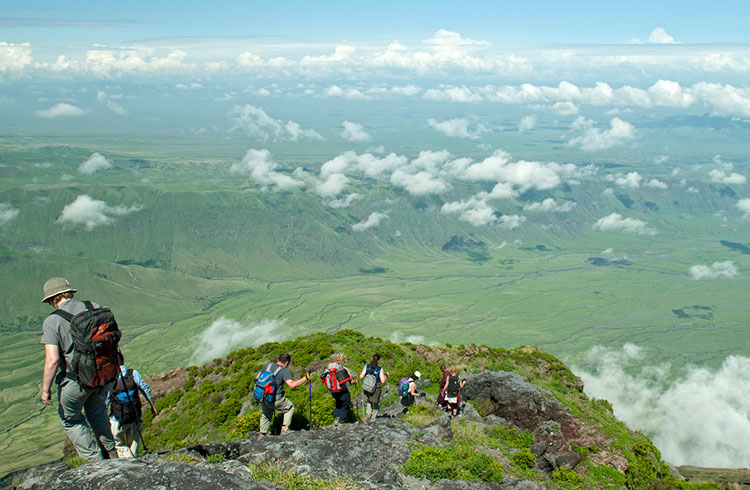Does Lake Natron Really Turn Animals into Stone? The Fascinating Truth Behind Tanzania’s Mysterious Lake
Have you ever heard of a lake so mysterious that it’s said to turn animals into stone? Sounds like something out of a fantasy novel, right? Well, Lake Natron in Tanzania is as real as it gets—and its eerie reputation has captured the imagination of travelers, scientists, and photographers alike. But what’s the truth behind this surreal phenomenon? Let’s dive into the science and stories behind one of the world’s most unique lakes.

The Mystique of Lake Natron
Located in northern Tanzania, near the border with Kenya, Lake Natron is a salt and soda lake known for its otherworldly appearance. The lake’s waters are a striking shade of red and orange, caused by the high concentration of salt and minerals, as well as the presence of microorganisms that thrive in its extreme conditions.
But what really puts Lake Natron on the map is its eerie ability to preserve animals that come into contact with its waters. Photographs of calcified birds and bats have sparked rumors that the lake “turns animals into stone.” While this isn’t entirely accurate, the reality is just as fascinating.
The Science Behind the “Stone” Phenomenon
Lake Natron’s waters are incredibly alkaline, with a pH level as high as 10.5—almost as corrosive as ammonia. This extreme alkalinity is due to the high levels of sodium carbonate and other minerals that flow into the lake from surrounding volcanic hills.
When animals die and fall into the lake, the high salt content and alkaline environment act as a natural preservative. The minerals in the water essentially calcify the animals’ bodies, creating the illusion that they’ve been turned to stone. This process is similar to how ancient Egyptians used natron (a natural salt) to mummify bodies.
A Haven for Flamingos
Despite its harsh conditions, Lake Natron is a thriving ecosystem for one species in particular: lesser flamingos. These vibrant pink birds flock to the lake in the thousands to breed, as the toxic waters keep predators at bay. The lake’s algae, which thrive in the salty environment, are a primary food source for the flamingos, making Lake Natron a critical habitat for their survival.
The Human Connection
For the local Maasai communities, Lake Natron holds cultural and economic significance. The lake’s minerals are harvested for traditional uses, such as making soap and preserving food. However, the lake’s delicate ecosystem faces threats from industrial development and climate change, raising concerns about its future.
Visiting Lake Natron
If you’re planning a trip to Tanzania, Lake Natron is a must-see destination for its unique beauty and scientific intrigue. While swimming in the lake is not recommended (for obvious reasons!), you can explore the surrounding area, hike to nearby waterfalls, and witness the breathtaking sight of flamingos flocking to the lake.

Why Lake Natron is Worth Protecting
Lake Natron is more than just a natural curiosity—it’s a reminder of how delicate and interconnected our planet’s ecosystems are. By understanding and preserving places like Lake Natron, we can ensure that future generations can continue to marvel at its wonders.
Ready to Witness the Magic of Lake Natron?
At Zamadam Adventure, we specialize in creating unforgettable experiences that bring you closer to Tanzania’s most unique destinations. Whether you’re captivated by the mystery of Lake Natron, eager to see the flamingos in their natural habitat, or simply want to explore Tanzania’s hidden gems, we’ve got you covered.
Let us take care of all the details—from expert guides to comfortable accommodations—so you can focus on soaking in the beauty and wonder of this incredible lake. Don’t just read about Lake Natron; come and see it for yourself!
Book your Lake Natron adventure with Zamadam Adventure today and get ready for a journey you’ll never forget.














